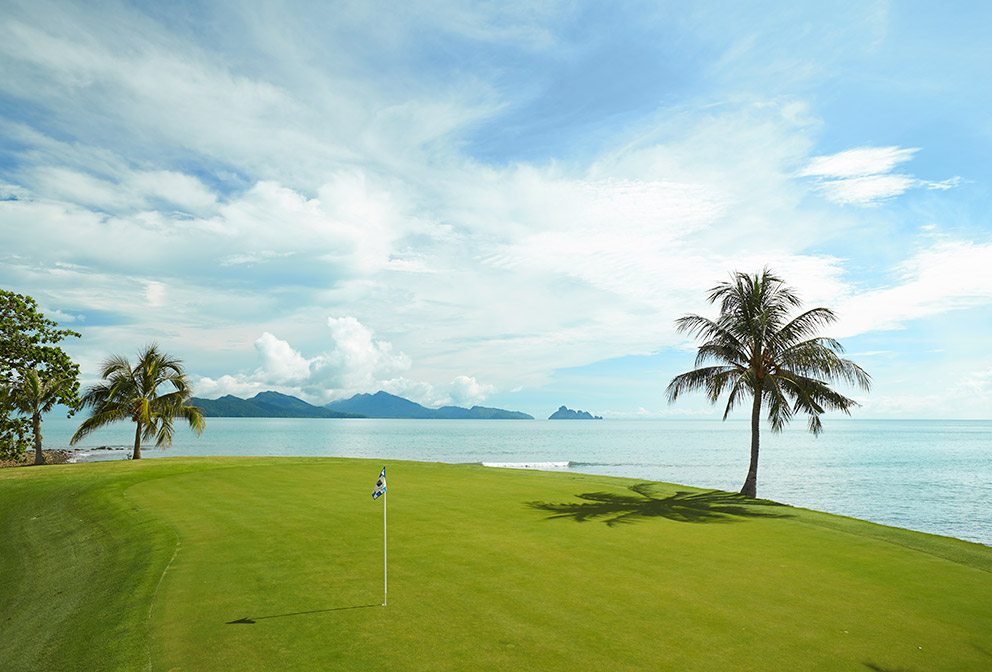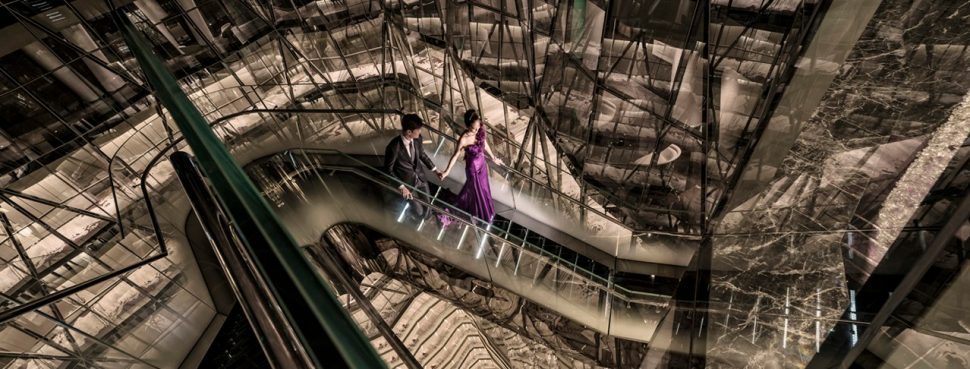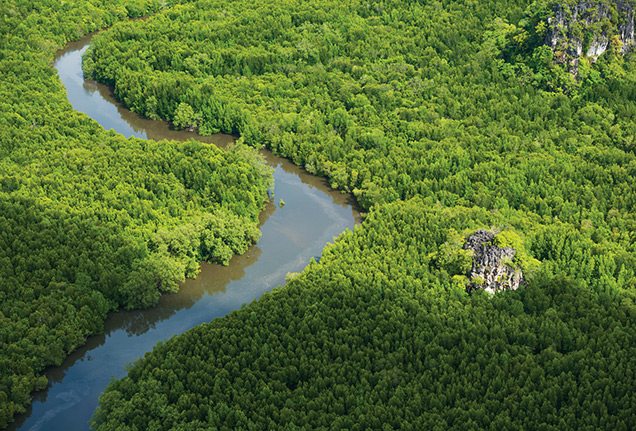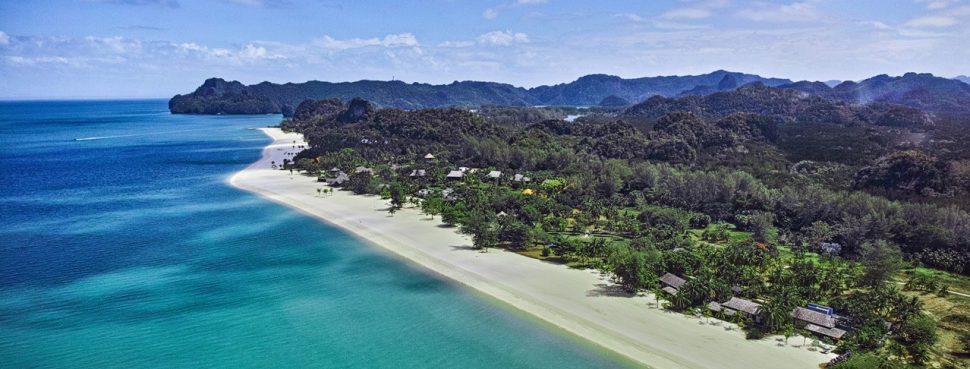Golfers travelling throughout the West often take it for granted that luxury resorts offer access to quality golf courses, an amenity as common in some regions as spas or swimming pools. But this has not been the case in many parts of the world—until now.
Golf is booming in areas relatively new to the sport, especially across Asia. According to the Royal & Ancient Golf Club of St Andrews, an organization known globally as the keepers of the game, there are more courses currently under development and construction in Asia than in any other continent—207 of them, in fact. China and South Korea are seeing the fastest growth, with the latter especially notable for the rapid proliferation of cutting-edge indoor golf simulators in addition to conventional courses.
With the golf boom in full swing (pun intended), we’ve found the best golf courses in Asia for lovers of the game from beginner to pro.
Seaside perfection in Hong Kong: The Clearwater Bay Golf and Country Club
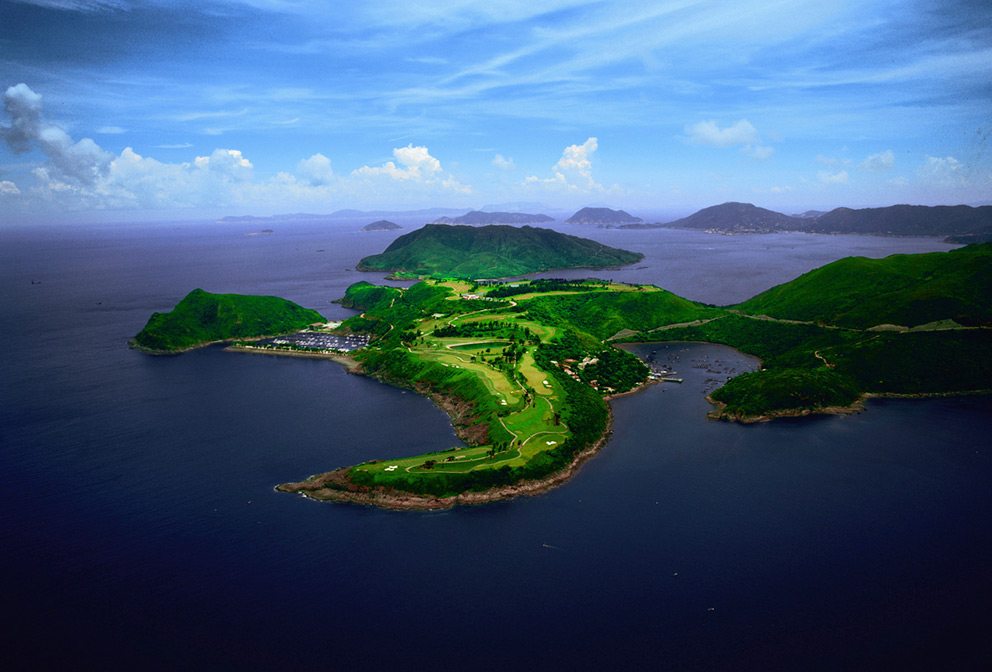
There are several good golf clubs in Hong Kong, but The Clearwater Bay Club is the most dramatic. Sometimes called “Hong Kong’s Pebble Beach,” thanks to its unrivalled seaside location on a fishhook-shaped peninsula jutting into Clearwater Bay, it’s worth a visit for the views alone.
Most of the highest-ranked courses in Asia are located along this coast, and for good reason. The setting led Asian Golf Monthly to name The Clearwater Bay Golf and Country Club the best course in Hong Kong, while Golf Digest picked two of the holes—the third and 14th—for its list of the 38 best in all of China. The club has more than 3,000 international members from all over the globe, and though the course was built in 1982, it just underwent a renovation of all the greens and is in better shape than ever. It lies roughly a half hour from Four Seasons Hotel Hong Kong, and the Concierge would be happy to assist in arranging a tee time.
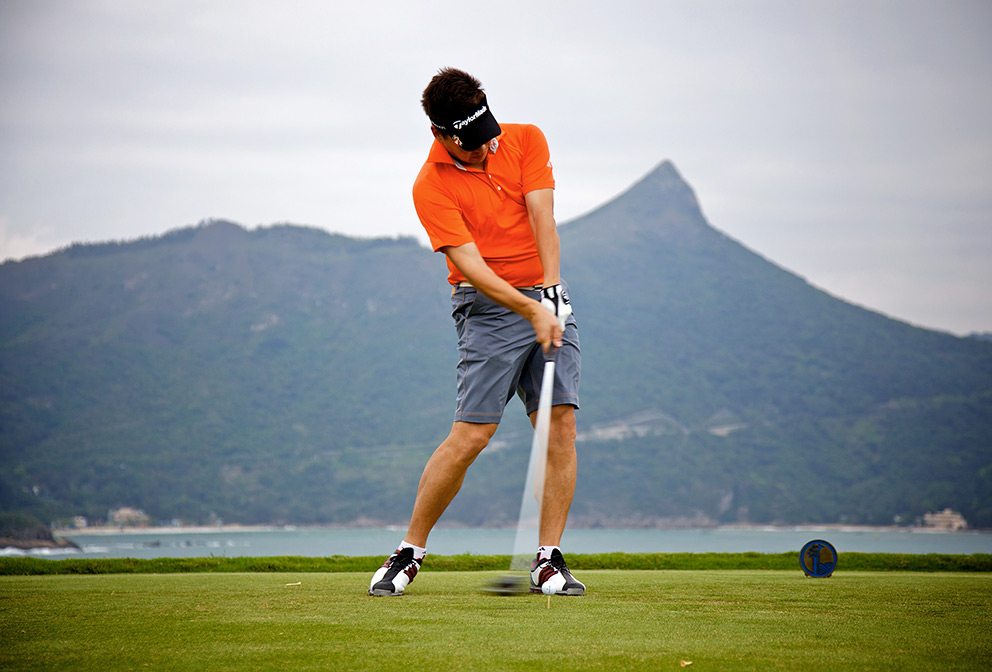
The most scenic course in Malaysia: The Els Club Teluk Datai in Langkawi
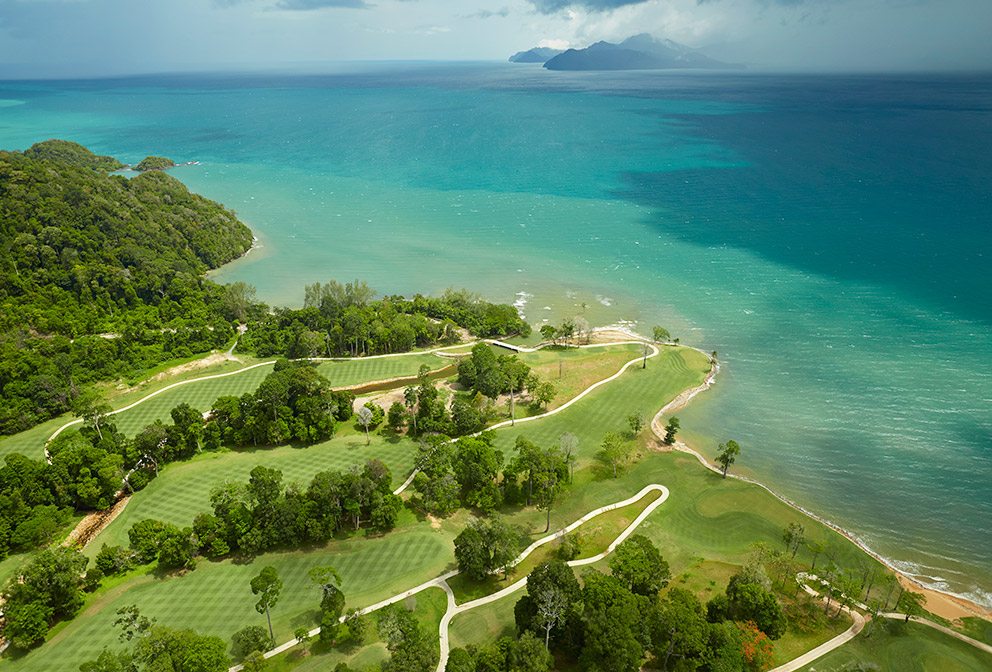
Four-time major winner Ernie Els has quietly carved out a niche as one of the world’s best players-turned-designers, with courses around the globe. He recently launched a line of even higher-end golf facilities, the Els Clubs, which reflect his personal taste in everything from clubhouse style to menu. (There are three so far.)
Set within an 8,000-acre (3,200-hectare) nature preserve, The Els Club Teluk Datai was named by the World Golf Awards as Malaysia’s most scenic course immediately upon opening. It runs through ancient rain forest and down to the very edge of the Andaman Sea, where the penultimate hole is the course signature, a par-3 across a rocky ocean inlet.
The course features an abundance of tropical flora, teems with monkeys and is managed by Troon Golf, a worldwide leader in luxury golf service and course maintenance. Carts are included in green fees, and caddies are available as an option. The Concierge at Four Seasons Resort Langkawi is happy to arrange tee times.
The best golf course in Indonesia: Nirwana Bali Golf Club
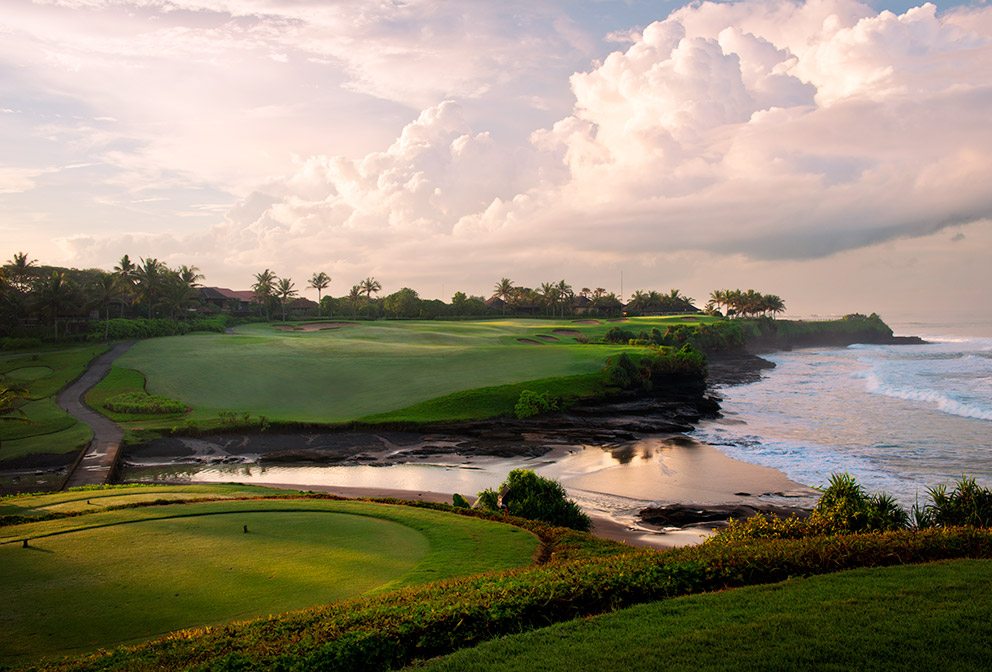
To give the top-ranked course in Indonesia a real sense of place, star designer and golf legend Greg Norman used rice paddies for the rough and set three holes on a clifftop overlooking the Indian Ocean. The signature seventh does not merely play across crashing surf, but is also uniquely framed by one of the most important temples on the island, Tanah Lot, rising from a hillside behind the green.
Besides rice paddies, the course includes streams, jungle and ravines, running down to the beach and up to the cliffs. It is one of just 10 courses in all of Asia ranked in the world’s Top 100 by Golf Digest. Caddies help first-time visitors navigate the gorgeous layout, and many players immediately book a second round upon finishing. Located an hour south of Four Season Resort Bali at Sayan, this course is well worth the drive.
Designed by pros in Shenzhen: Mission Hills Shenzhen Golf Club
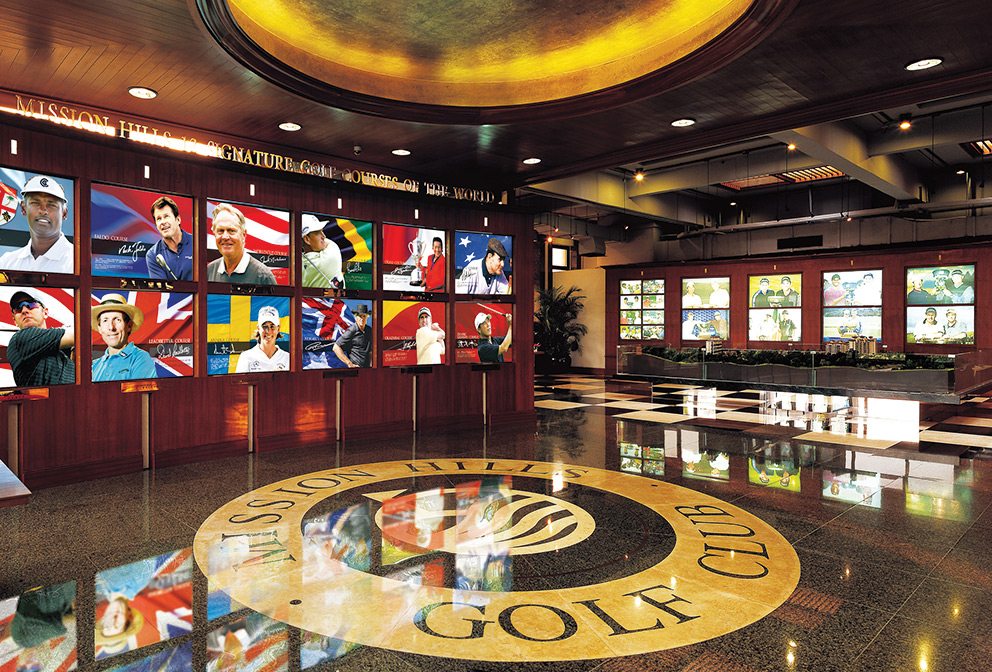
Bigger is not always better, but at one of the world’s largest golf resorts, Mission Hills in Shenzhen, it is. There are seven world-class courses by top architects and champions here, all within easy reach of Four Seasons Hotel Shenzhen, or as an overnight trip from Hong Kong. Designers include Jack Nicklaus, Pete Dye, Vijay Singh, Jumbo Ozaki, Nick Faldo, Ernie Els and the first Chinese golfer ever to compete at the Masters, Zhang Lianwei.
The Nicklaus-designed World Cup Course, a daunting near–7,300 yards, was the first in China to be accredited by the US PGA Tour to hold major international professional competitions. Tiger Woods to Greg Norman have competed here, and the course hosted the 1995 41st World Cup of Golf.
Among recreational golfers, the Faldo course has proved the most popular at the complex, thanks to its signature island green hole and a secluded location apart from the others. Caddies are available on all Mission Hills courses, and all 2,500 of them happen to be women. Book a tee time through the Concierge at the Hotel, the ideal hub for exploring golf in southern China.
History and prestige in Japan: Tokyo Golf Club
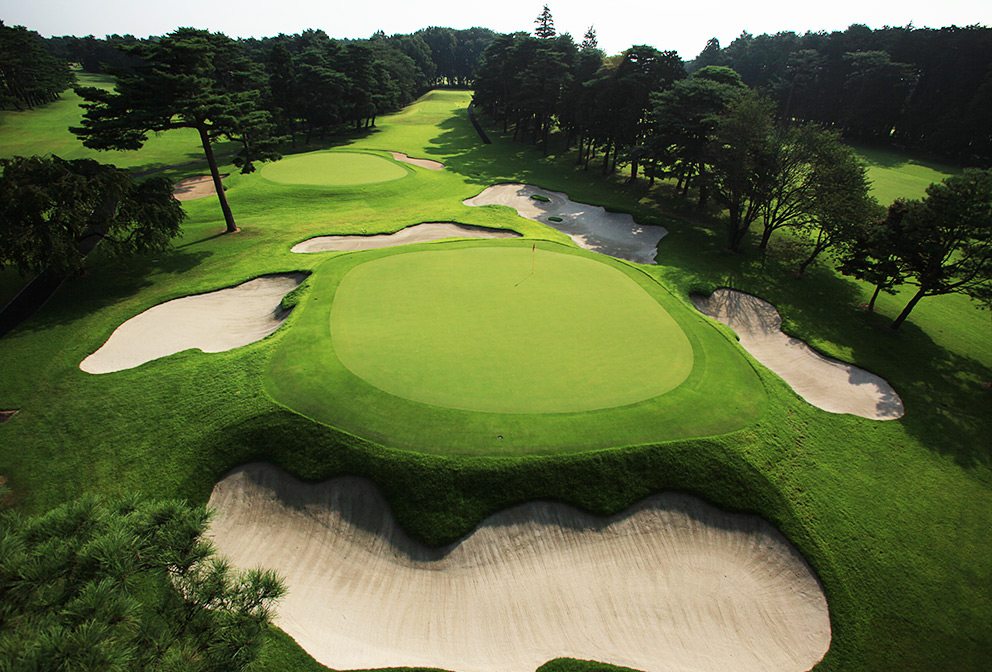
Japan has more courses than any country in Asia, but this is the capital’s oldest and most prestigious club, dating back over a century. With a classic parkland design, its immaculate fairways are flanked by towering red oaks and feature deep, intimidating bunkers. Though it’s not long, there is more than enough challenge here, and the course regularly hosts the Japan Open and Japanese Amateur.
It was originally designed by Scottish Golden Age legend Charles Alison, but his routing was torn up during World War II, and the course was rebuilt differently, with the daunting “Alison bunkers” included to honour the creator’s original layout and style. Located in Sayama, just over an hour from Four Seasons Hotel Tokyo at Marunouchi, it’s among the most convenient of all the Tokyo area courses.
Highest ranked course in Singapore: Sentosa Golf Club
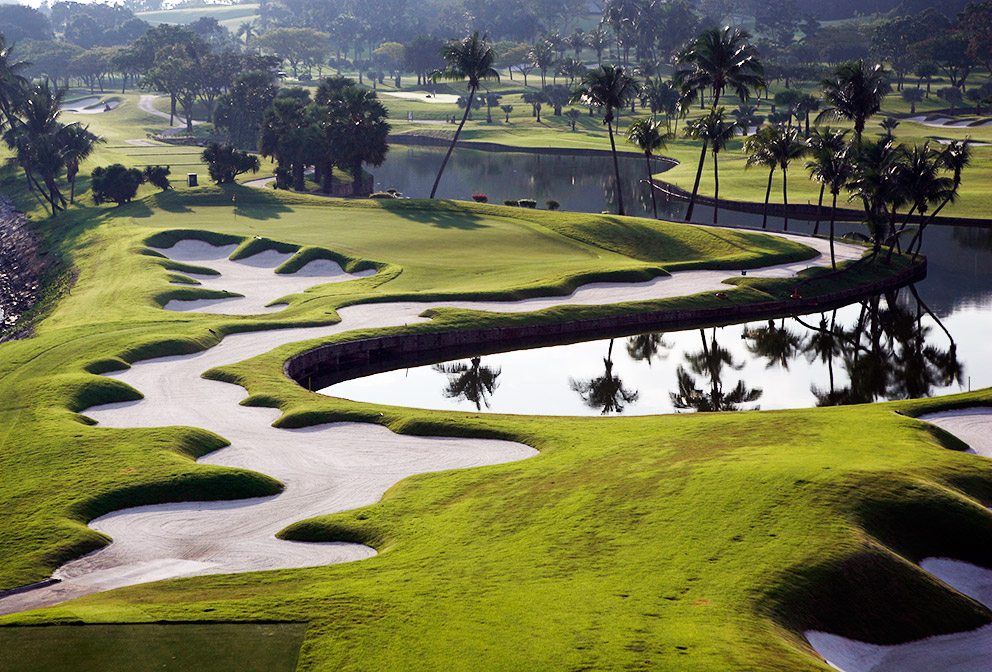
The highest-ranked course in the nation and site of the annual Barclays Singapore Open, Sentosa’s Serapong Course is that rare bird, a beautiful oceanfront golf course that is also very easy to reach from the city centre, just 20 minutes from Four Seasons Hotel Singapore.
Renovations for the tournament have stretched it into a 7,300-yard monster from the back, so it is very important to choose the right tees, especially since there are also plenty of water hazards, deep bunkers and undulating fairways. But players who can remain humble when choosing where to play from are rewarded with a fantastic course that plays right to the water’s edge, with dramatic views across to the city’s modern skyline. There are lagoons and inlets throughout, and visitors are constantly reminded they are playing golf on an island. They are also pampered, with a full-service clubhouse, optional caddies and a member-for-a-day experience at Singapore’s premier golf club.
Rain or shine tee time in South Korea: Golf Experience

South Korea has become the world leader in the use of high-tech indoor golf simulators, and the newest one is the Golf Experience at Four Seasons Hotel Seoul, which brings the world’s greatest courses to life in the beating heart of the vibrant city.
The facility includes five state-of-the-art 3-D hitting screens, each of which combines high-definition footage of iconic courses with the ultra-precise accuracy of the TrackMan, a radar launch monitor derived from military missile tracking technology that is widely considered best in class. The TrackMan reads the spin rate, angle and velocity of the ball coming off the club to compute exactly how far and with what path it would travel in the real world, and moves the player down the virtual fairways accordingly. This is real golf, with full swings and real balls, taken inside, on the 10th floor of the new Hotel. The technology is fun, but it can also be used very effectively for lessons, equipment fitting, posture and alignment, or to test clubs with instant and accurate data feedback.
Designed by golf royalty: Lotus Hill Golf Resort, Guangzhou

This course was designed by Bernhard Langer, the first player ever to be ranked No. 1 in the world, a two-time Masters champion and five-time senior major winner. He does relatively few golf course designs and is known for being very hands-on, and this is one of his best—a parkland routing situated in the Pearl River Delta that manages to include water, in the form of lakes, ponds and creeks, on all but one of its 18 holes.
It features an exciting and memorable three-hole finish, including the signature island green par-3 17th, unlike all others in golf thanks to a massive cliff-like rock formation that towers over the putting surface. With a full-service clubhouse and caddies, Lotus Hill offers a first-rate outing that is only an hour’s drive from Four Seasons Hotel Guangzhou.
